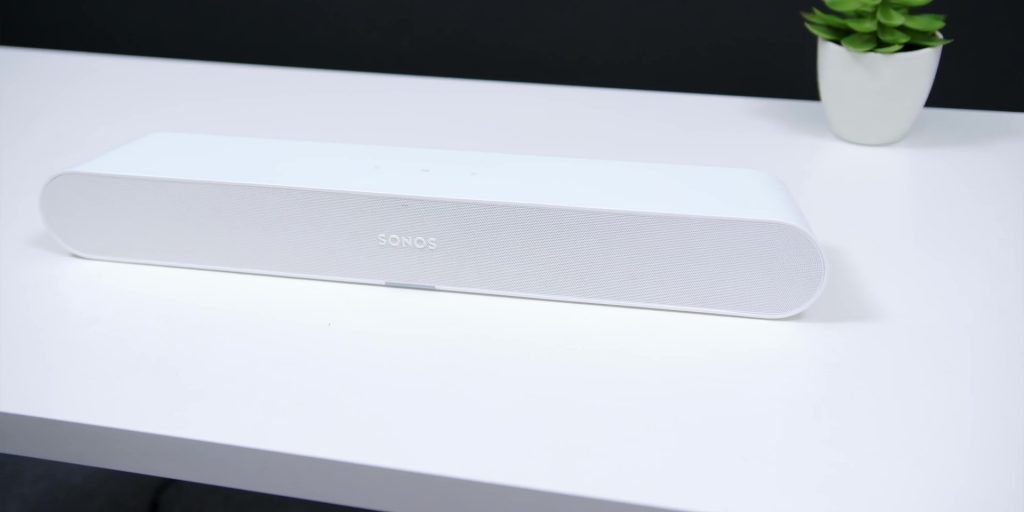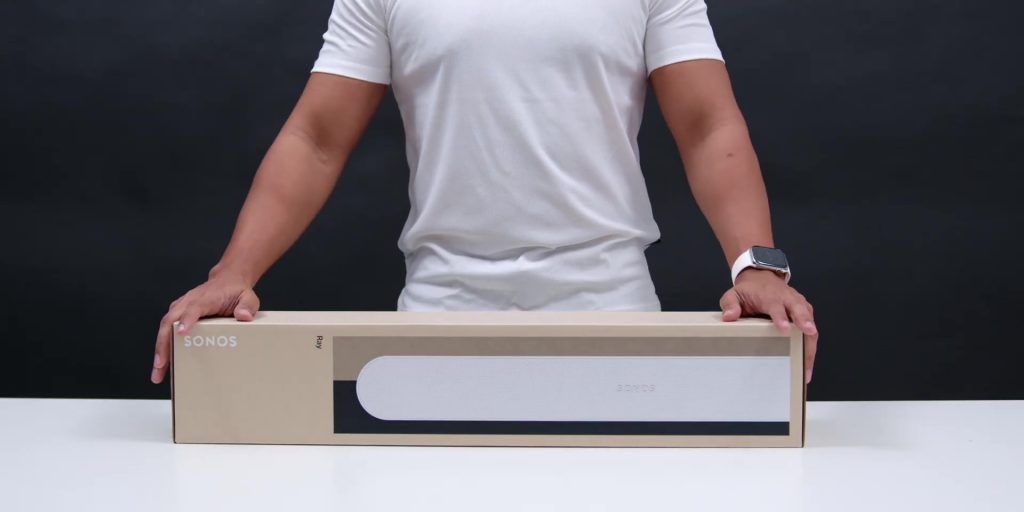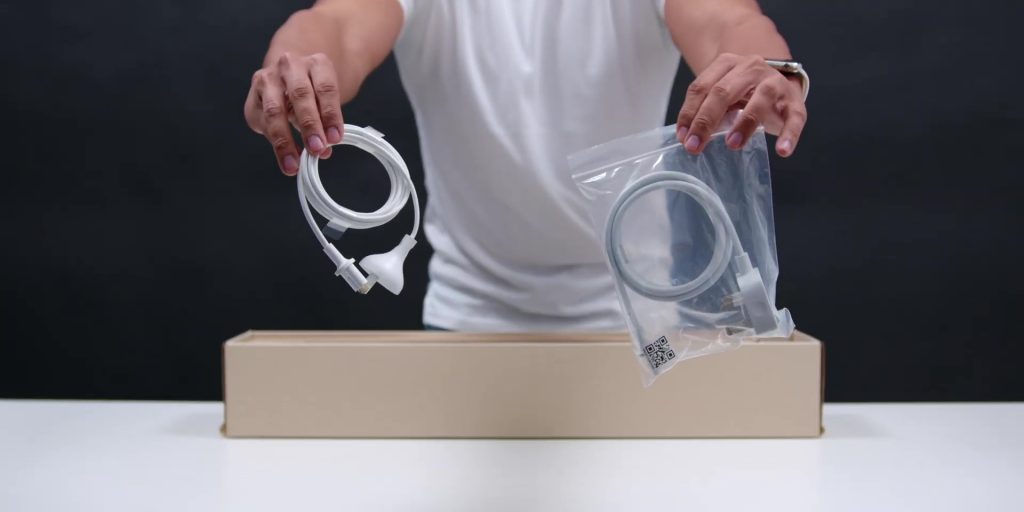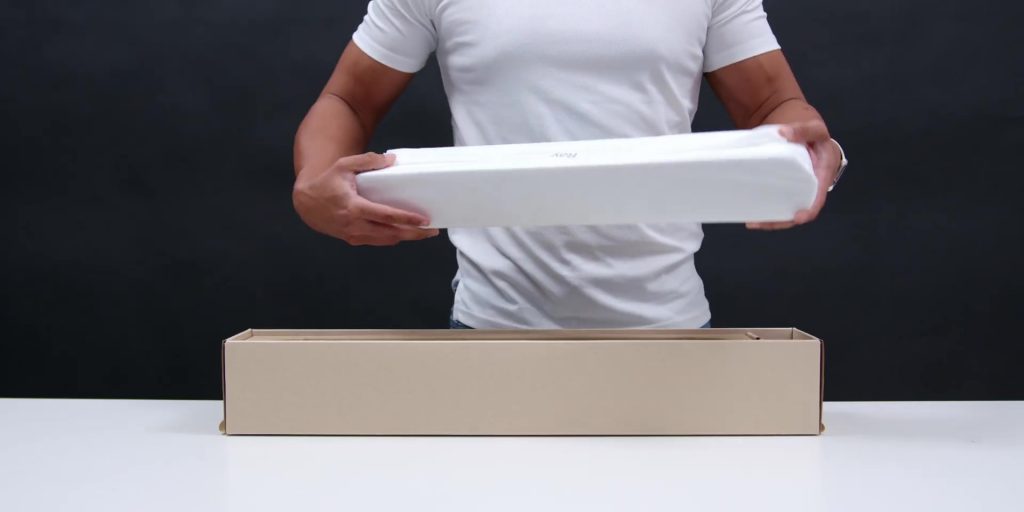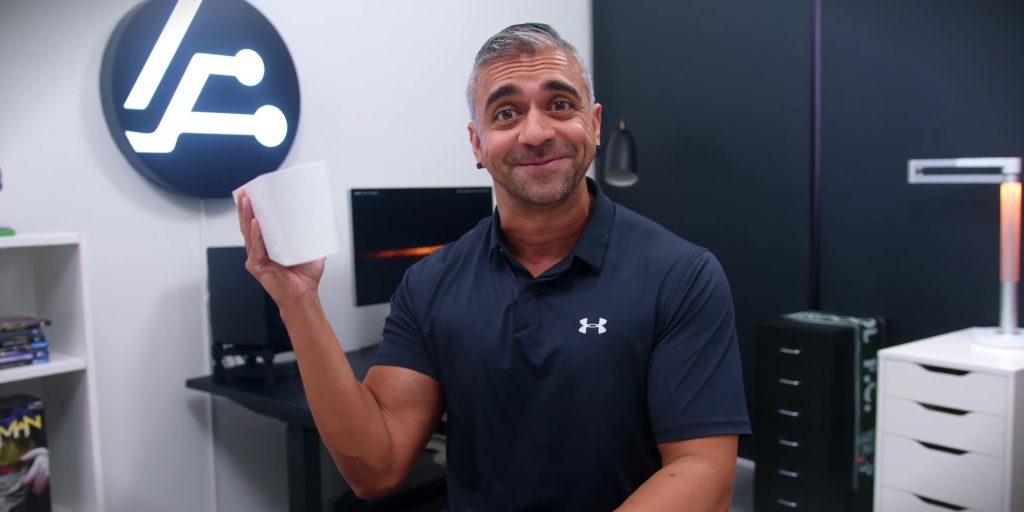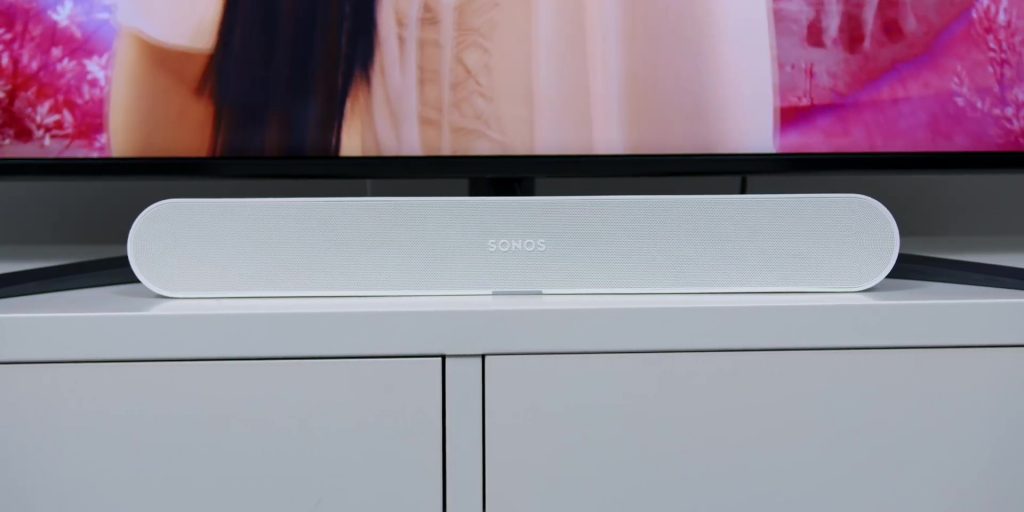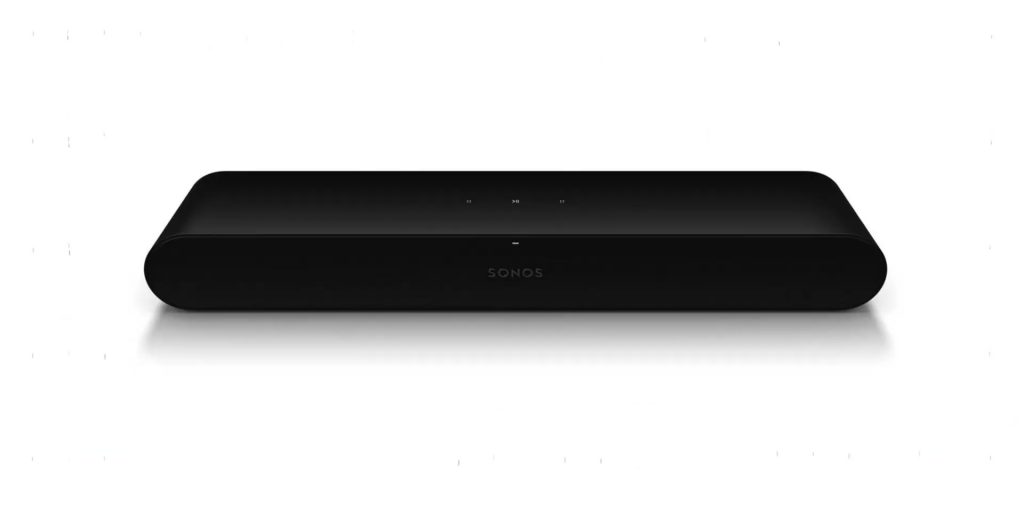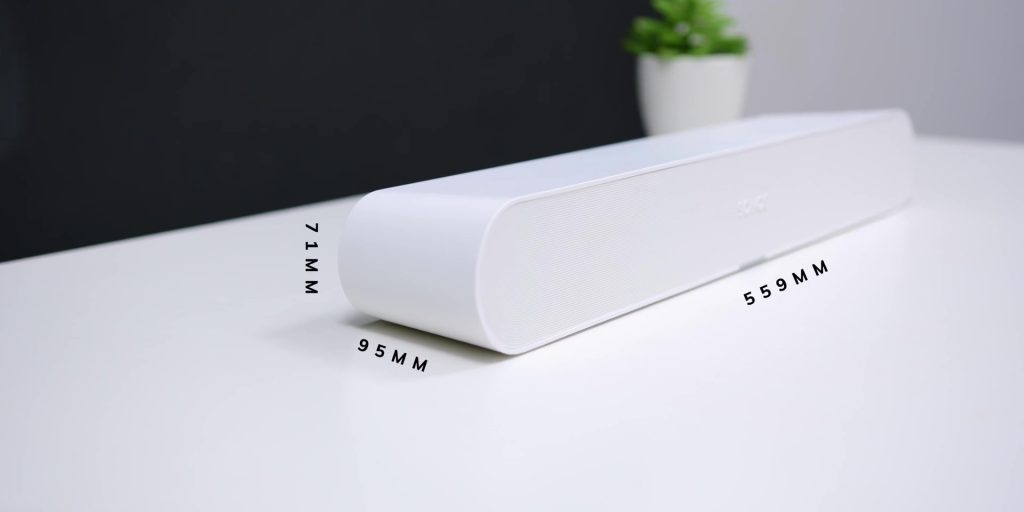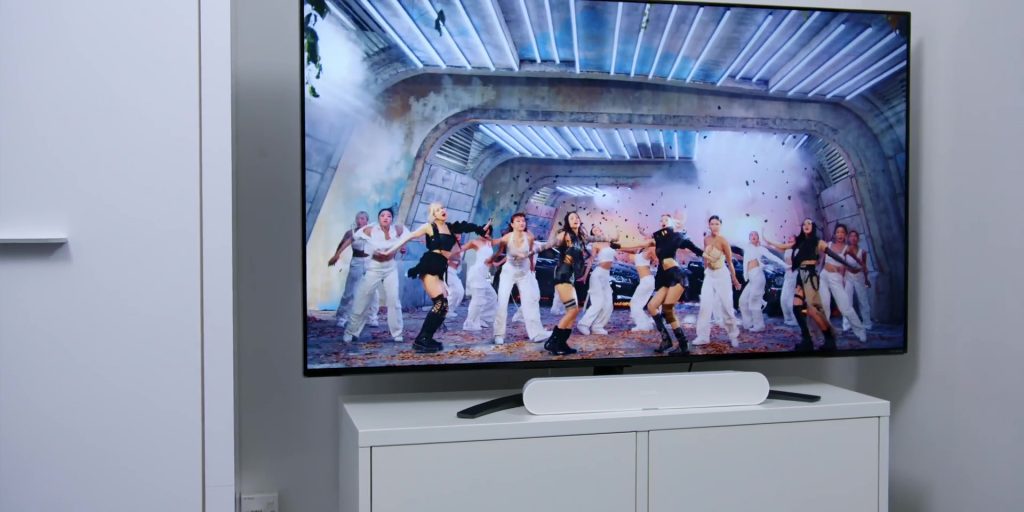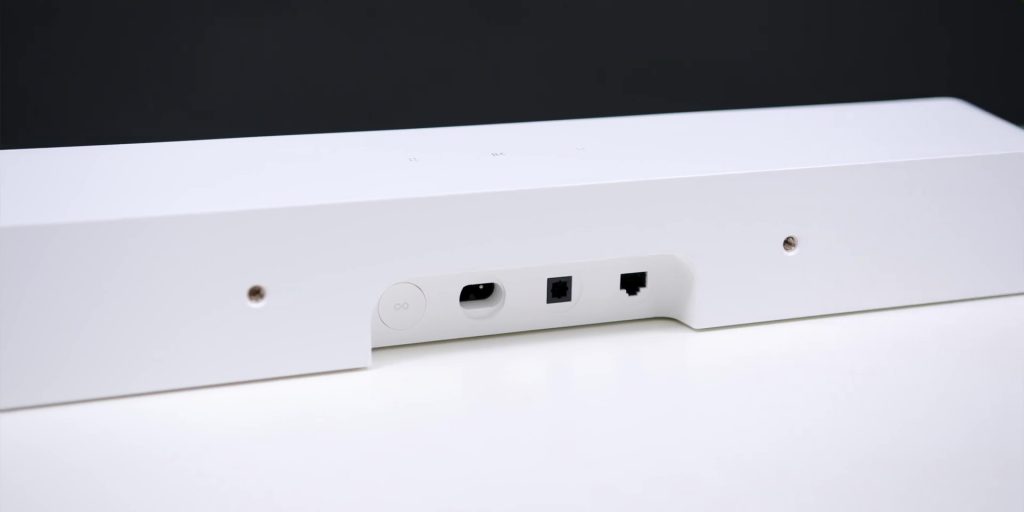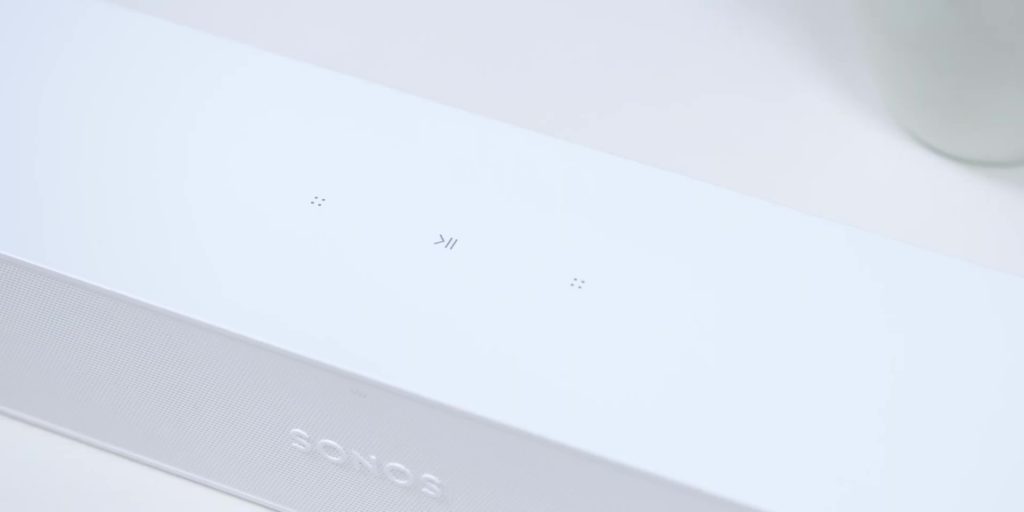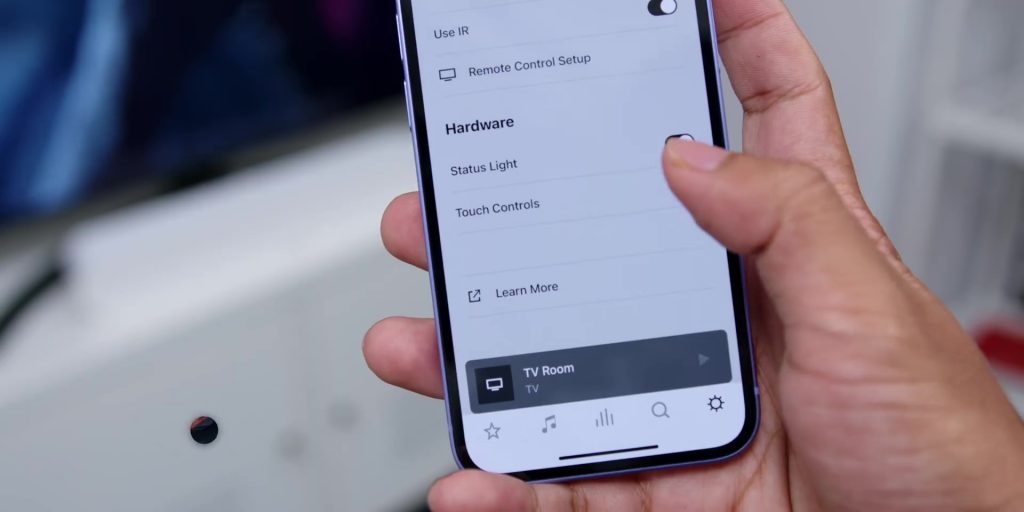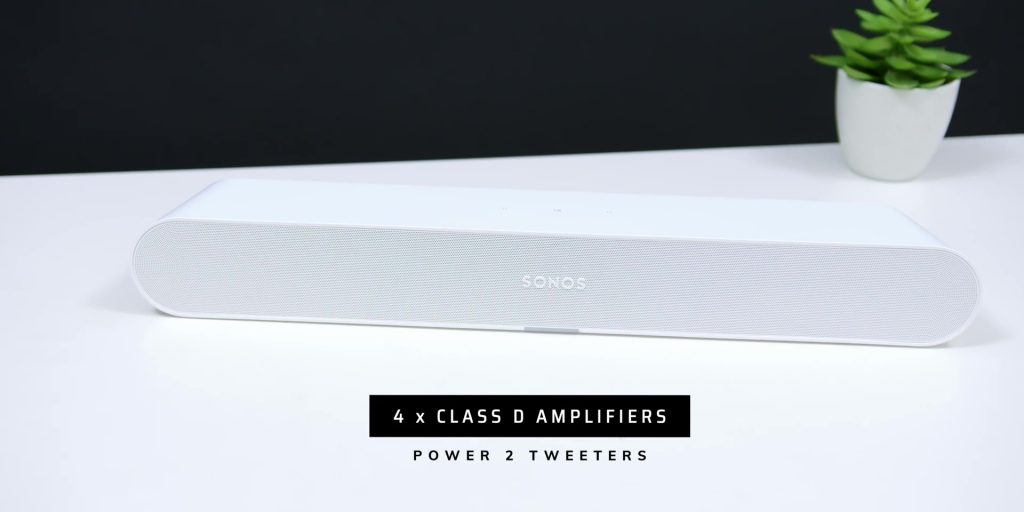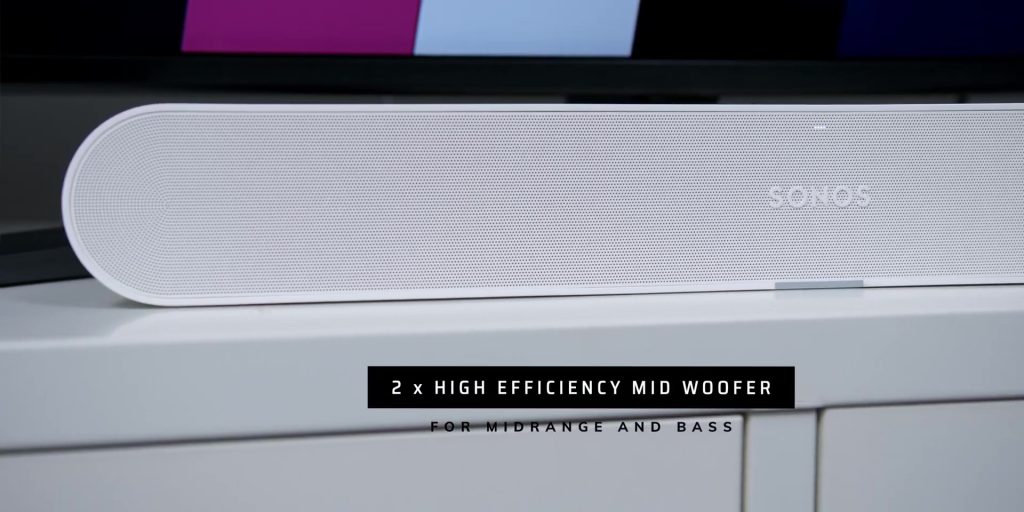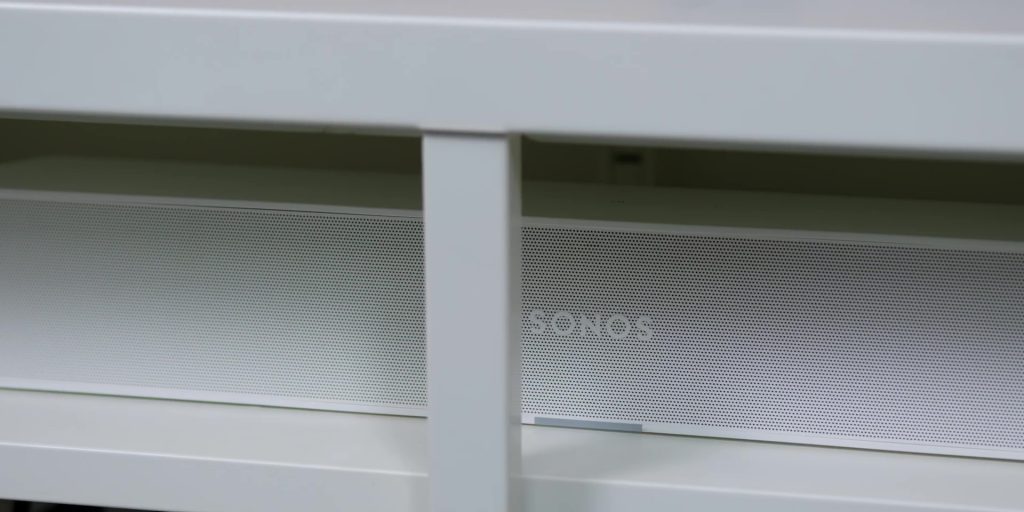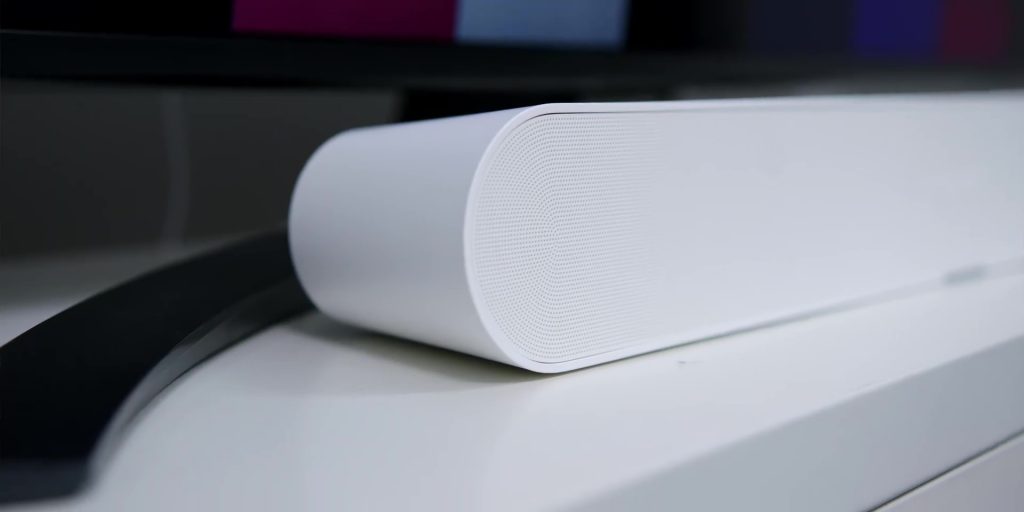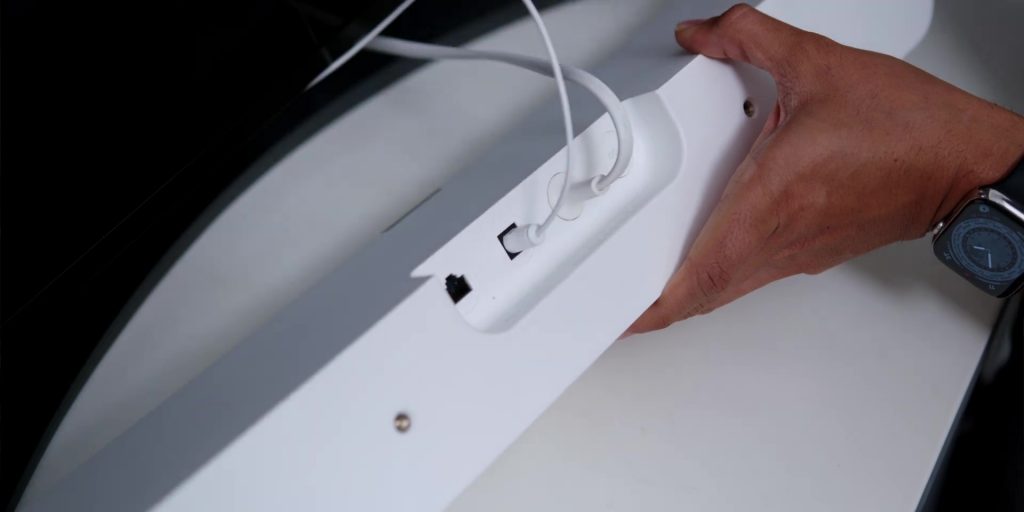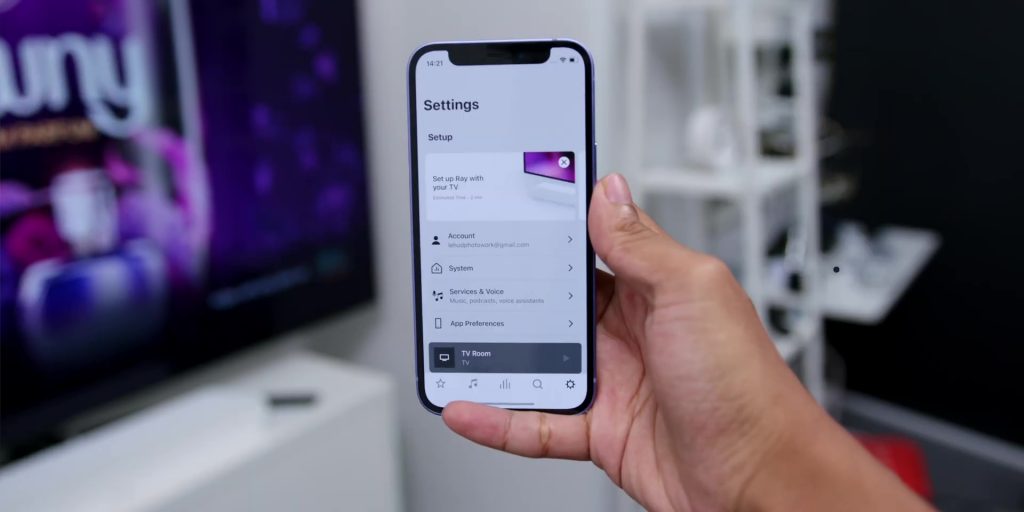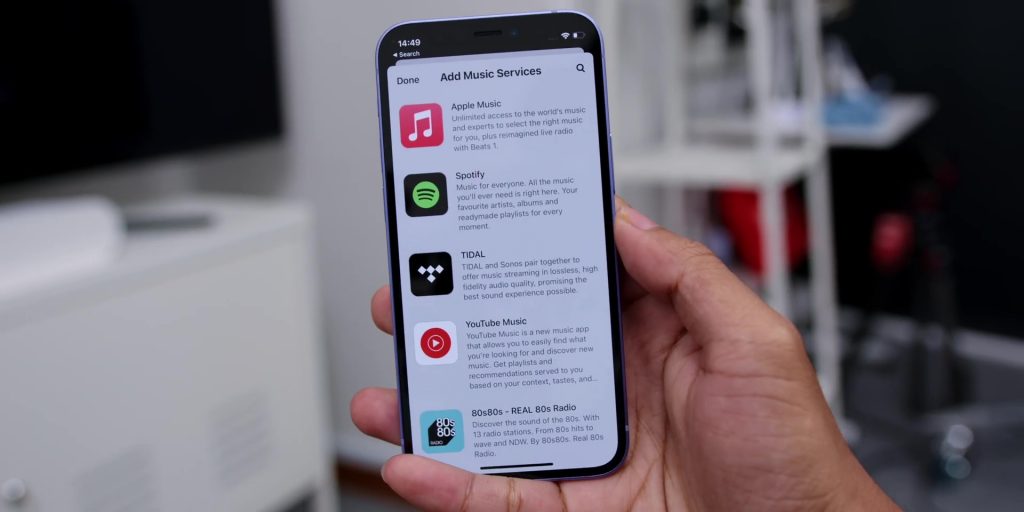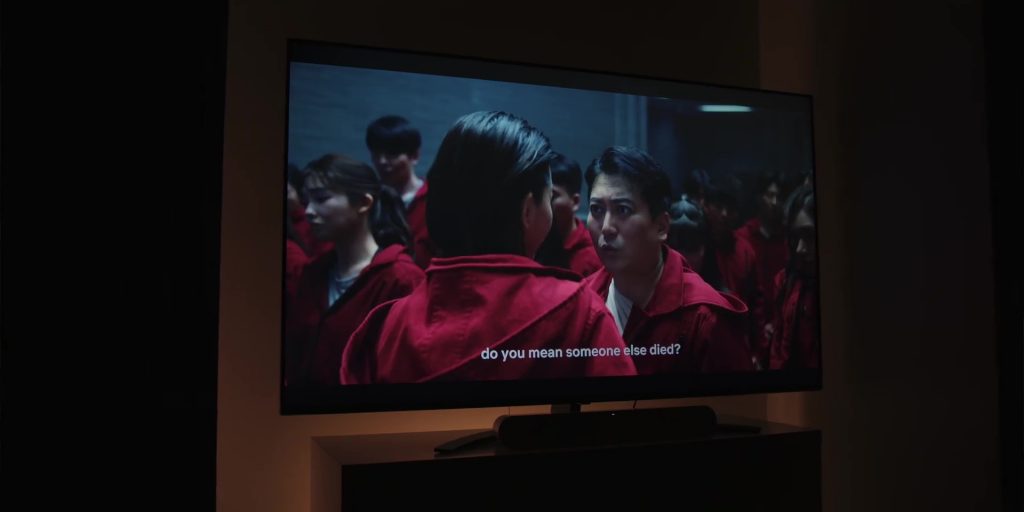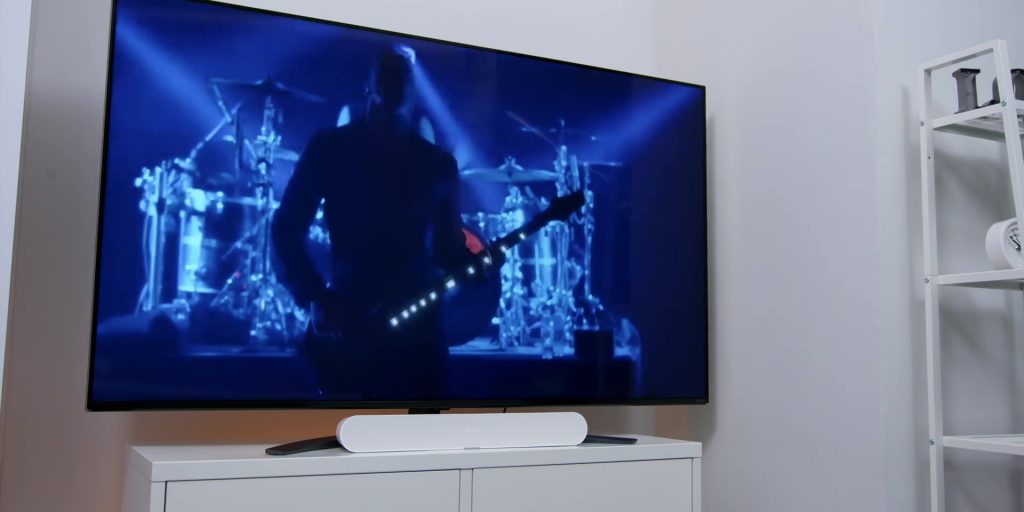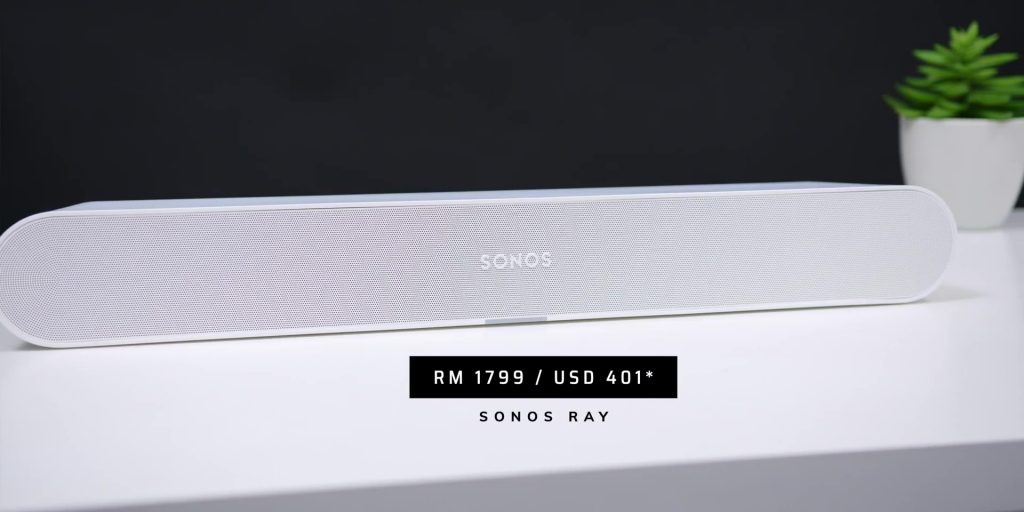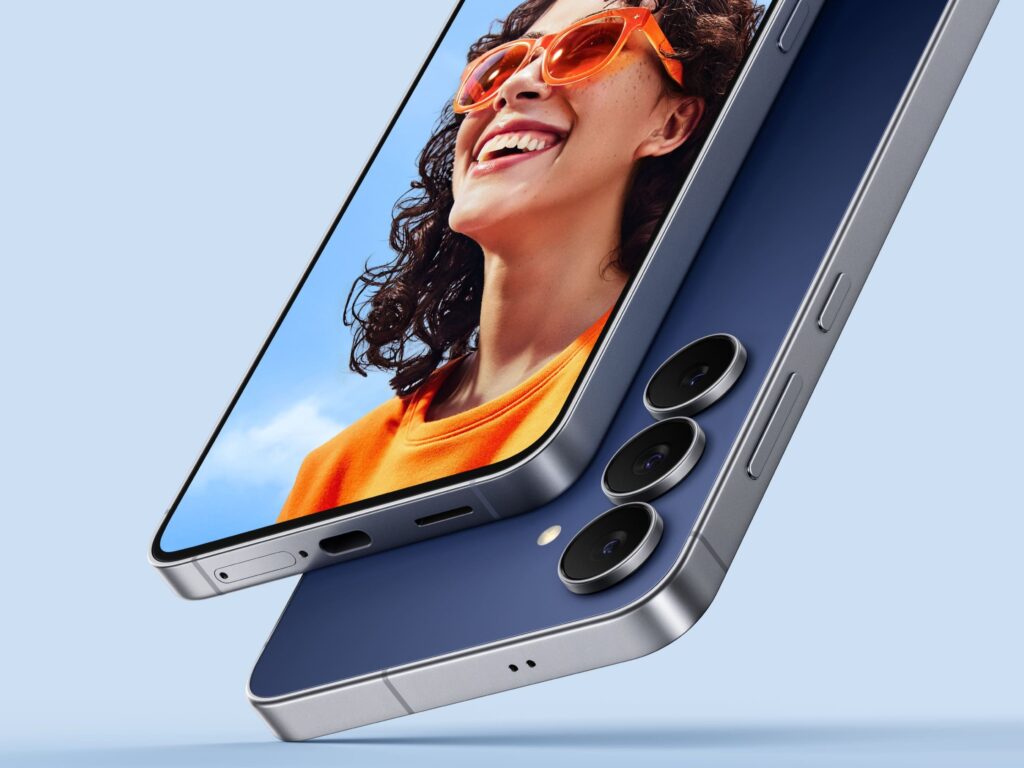So if you’ve been wanting to own a Sonos speaker but haven’t been able to, well this Sonos Ray would be a very compelling option as it comes with a price of only RM1,799, but the question is that is this worth it compared to other so-called “budget” soundbars out there? Well, let’s find out!
Unboxing
Now, due to the form factor, the Sonos Ray comes in a compact-sized box.
Once you remove the tab paper seal on each side, you can then open the box cover. Towards the side of the box is where you will find a smaller box; in there, there is the cable plug and depending on where you are from, you will get the right cable plug.
Then there is the optical cable, and the user manuals.
[easy-image-collage id=9216]
Then finally, you will see the Sonos Ray, covered with a white cloth-like material.
Design & Size
Now, during my first impressions, I was truly intrigued by how compact and light that the Sonos Ray was, weighing at only 1.95kg, where you can easily just carry this with just one hand.
The design itself looks very similar to the Sonos Beam, which uses a polycarbonate material which has some perforated grille since Sonos items have always been long-lasting anyway.
It comes with two colors for you guys to choose from, other than this White color version; it is also available in Black.
The Sonos Ray is very compact in that it’s only 95mm deep, 559mm wide, and 71mm in height
So this is actually quite good if you have a smaller screen TV, say like a 32-inch TV, that will compliment your setup, especially if you placed it in a smaller place that cannot fit a big sound bar.
Connections
Coming to the ports and buttons or the IO connections, at the back of the Sonos Ray, you will find the pairing button, the power input, the optical input, and also the Ethernet port.
Unfortunately, the Sonos Ray does not come with the HDMI input because based on research, Sonos have mentioned that even really old TVs at least have an optical port, so that is why they’ve chosen not having a HDMI port and went with the optical port. And of course, this is also to lower the price of the soundbar, but it also means there are no CEC controls as well.
Then on top, there are three iconic Sonos touch base inputs like your volume and play and pause button. Now personally for me, I like this kind of touch controls compared to a physical button.
But if you are the kind of person who accidentally presses it or if you have a cat like me who walks over your TV console, then you have the option to disable the touch base input on the Sonos app as well.
Now, like the majority of Sonos speakers, they have been known to not have Bluetooth connectivity because, like me, I’m a believer of good audio quality, as Bluetooth does lower the quality of the sound a little bit; hence using a Wi-Fi connection for audio streaming would be a better option. And of course, with Wi-Fi audio streaming, you’ll not only get a better and nicer audio output but also without any latency.
Speakers
Now, of course, we want to know what is exactly inside of the Sonos Ray, right? (without opening the speaker grille) Well, firstly there are 4 Class D amplifiers that power 2 tweeters for vocals and high frequencies.
Then there are 2 high-efficiency mid-woofers for the mid ranges and bass.
Speaking of bass, there are 2 bass reflex system that helps to minimize distortion and makes the sound feel rounder, especially on those low-end frequencies. Although it is a 2 channel speaker, but as usual you can always add on more speakers like how Sonos speakers are, to add on to get a 4.1 channel setup by pairing it with a pair of Sonos One speakers behind and maybe a Sonos Subwoofer together with the Sonos Ray as well.
Now, compared to other soundbars, it has a straightforward front-facing driver, so there are no angled drivers or upward-firing drivers, so this is ideal for those with a smaller room or if you decide to put the soundbar into a cabinet unit or a TV closed shelf, where from a storage perspective, that for me is a huge plus!
Since it does not support HDMI input or output, that also means that the soundbar does not support any Dolby Atmos playback, which is to be expected, especially with this such very good price range that Sonos offers, but if you REALLY need Dolby Atmos, then you might consider the Sonos Beam or even the creme de la creme, the Sonos Arc!
That being said, it would be nice if the soundbar had an AUX port for me to hook it up to a computer because imagine using this as a video editing speaker or even playing PC games with this such compact factor.
Setup
The setup process for all Sonos speakers has always been straightforward where all you have to do is just plug in your Sonos Ray to where exactly you want to place it, then plug in your optical audio cable and connect it to your TV, fire up your Sonos app on your phone and you are done!
Now I have gone through a comprehensive video on the app in my previous Sonos video, which I will link them down below, so do check it out once you are done with this video.
Check out the walkthrough of the Sonos App in my Sonos Arc review video:
Audio Quality
Now before I dive into the sound test, first of all, whenever you set up a Sonos Ray or any speakers from Sonos, I would recommend using the TruePlay tuning first, where this acoustically optimizes the soundbar for your room or the environment for your Sonos Ray on where exactly it is placed but you will need an iPhone or an iPad to configure this TruePlay sound.
In terms of playback, you can use Spotify Connect, AirPlay 2, and a myriad of other services like Apple Music, Tidal, Spotify, and more, and there are over 100,000 channels for you guys to choose from worldwide.
Do check out my YouTube video where I did a sound test on this Sonos Ray.
Well, my take on the audio quality is how the vocals sound exceptional on the Sonos Ray, whether or not you are listening to music, a podcast, or a dialogue when watching a movie. Speaking of watching movies, I did find that the vocal clarity was one of the best that I’ve ever heard, especially with a soundbar within this price range.
And I found that the vocals were so clear that I did not have to turn on the Night Sound on the app, even when I was watching movies at night because of how well-rounded the vocals were.
Another place where the speaker excels is through its mid-range and the higher range of sound, where it was just clear with absolutely no distortion even at its higher volume; then the lower range was not as mind-blowing as the Arc or even the Beam, but it was very pronounced where you can hear and feel the bass very decently indeed.
Then the soundstage, to me, was quite a huge surprise because it was quite wide, and I was a little worried about how it would perform since it has a smaller form factor as mentioned many times in this video.
Conclusion
So, in conclusion, coming at a price of RM1,799, while it may not be the “cheapest” soundbar compared to other soundbars out there, I think that it is decently priced if you’re looking to dive into your first Sonos ecosystem, which is hands down one of the most aesthetically pleasing speakers out right now and of course sounding really amazing too!
And I think that the Sonos Ray is such a great introduction to the soundbar lineup because I feel that it is catered for people who don’t really need a high output or even having Dolby Atmos at all.
Get the Sonos Ray at the link below:-https://trysonos.my/products/sonos-ray

